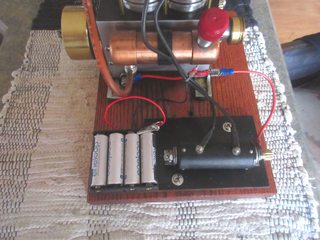Hi Mauro. As you appreciate, but maybe it doesn't come across so clearly: It's not "volts" that kill, nor Amps, but the combination - and whether DC or AC, and where applied.
They say that when the electric chair was powered-up, the lights used to "Dim" a bit.... due to the power taken by the occupant. No so, as you can kill at relatively low power given the right circuit to stop the heart....
In fact putting it simply: 12V cars are safe for the 12V circuit. Ignition circuits are safe at 2~5kV - unless you apply it from one finger to the opposite arm and continuously for more than a few seconds. Then it can cause the heart to fibrillate - which can be deadly.
Single bolts of lightning - at 50,000kV usually don't kill, but cause nasty burns on the skin.
Telephones were powered by 50V DC for decades... and were reputed to have never killed anyone.
Yet a 1500V DC third rail on the railway WILL kill, just as easily as the 110V, 240V or whatever you have in the house....
Yet with trained Electricians perform "live-line" working on overhead lines at 33kV and above. But they have the training, understand equipment and safety measures to "make it work safely".
Edison killed elephants with AC current to try and frighten people from wanting Tesla's AC systems. Yet if he had used the same power (voltage and current) DC, then the elephants would be just as dead.
Don't be frightened of electricity, just respectful and careful.
It's not the voltage, but current across the heart or brain that kills, but to get the current you need more than 50V applied in the right way.
The single HT circuit coil winding discussed above does NOT connect to earth anywhere on the HT circuit - except between cylinders. So the ends of the coil "float" instantaneously at whatever voltage is across the nearest spark gap. Assuming a 3kV coil, the end adjacent to the "exhaust" spark will be at around 300V to generate that spark, whereas the end of the coil at the "firing cylinder end" will be at around 2700V. (Voltage relative to the engine block). And on the next firing stroke, the voltages will be the equivalent - but the coil will see it the other way around. It's the coil that does does the "clever" bit (effectively floating...), as the engine block stays at "earth" - because the primary winding keeps it there. So only the voltage in the coil and HT cables to spark plugs ever sees "high voltage".
It puzzles me that we (non-electricians) want "clever electronics" to power our "Victorian technology" engines, as simple coil and contact ignition was very successful for around 100 years... After all, we are doing it "just for fun", and "remembering" classic engines. So maybe we should be using some "Classic" ignition technology?
I'll shut-up now.
K2
































































